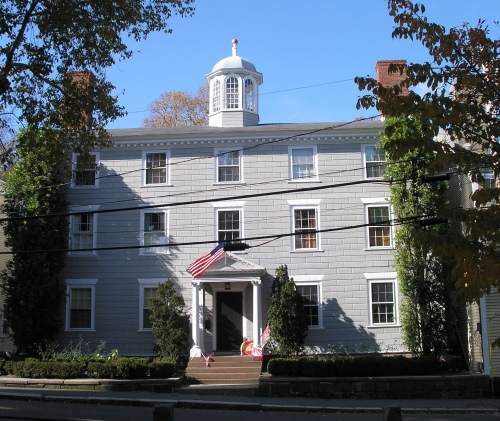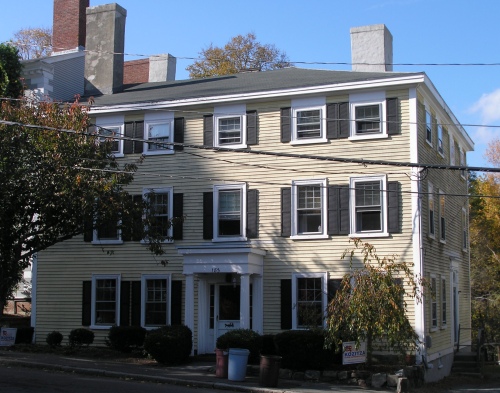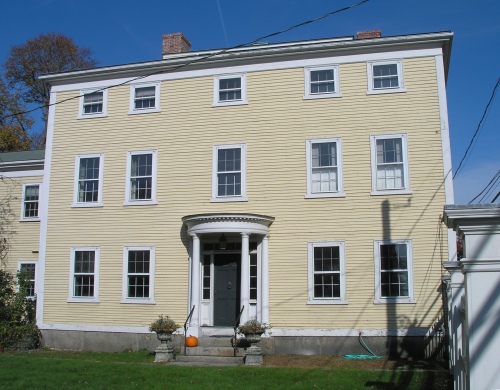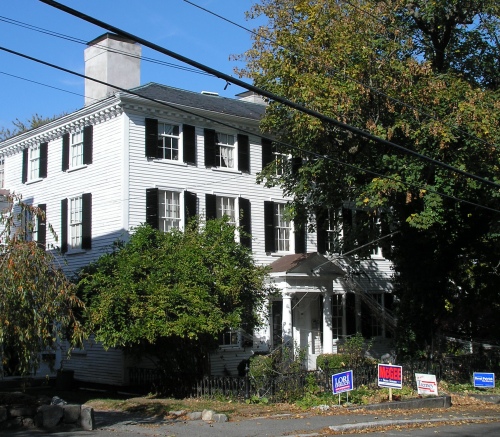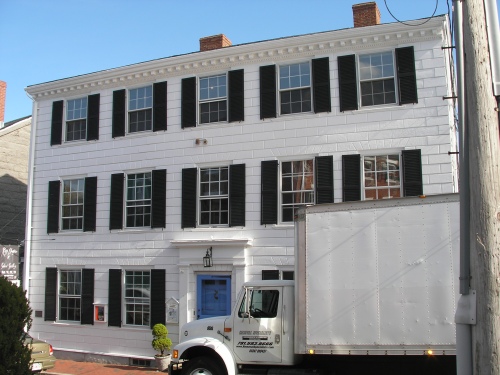Jeremiah Lee Mansion (1768)
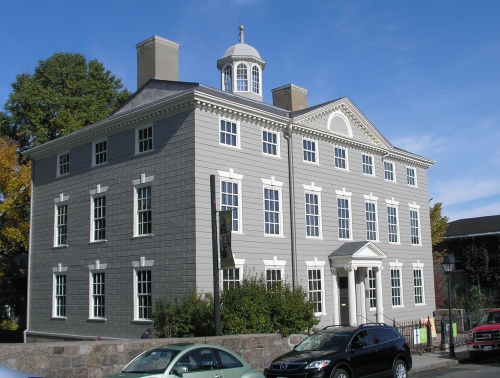
Jeremiah Lee, wealthy merchant and ship owner, built his fabulous Marblehead mansion in 1766-1768. With its lavish interiors and an exterior designed to make this wooden house appear to have a stone ashlar facade, the Jeremiah Lee Mansion in considered to be one of America’s greatest surviving examples of colonial Georgian architecture. Lee died in 1775 and the Mansion remained in the Lee family until 1785, by which time the great merchant’s empire had gone bankrupt. From 1804 to 1904, the Mansion served as the Marblehead Bank, an institution that made remarkably few alterations to the historic building. Since 1909, the house has been owned by the Marblehead Historical Society and is operated as a historic house museum.
